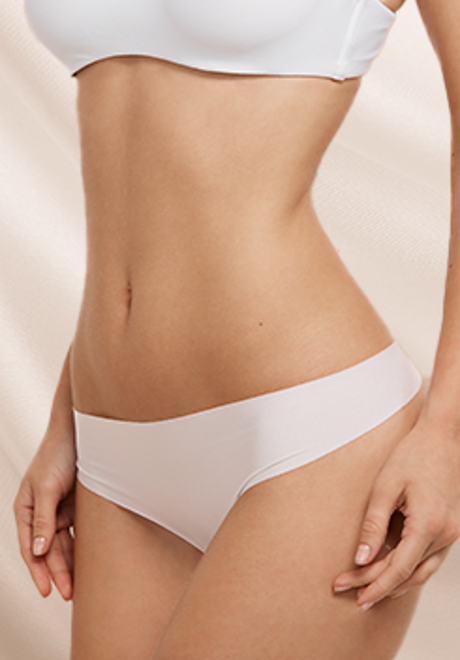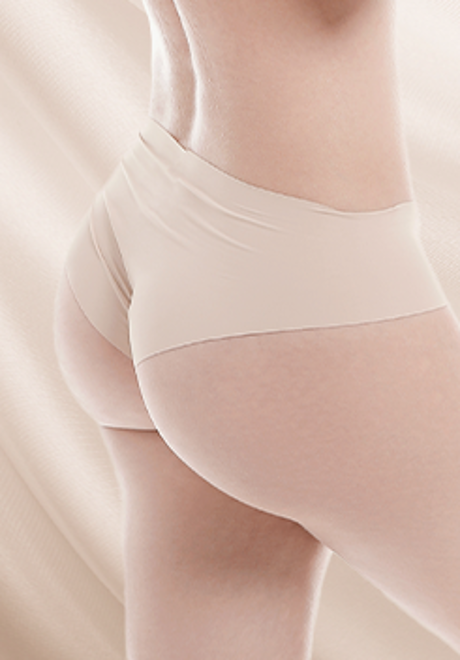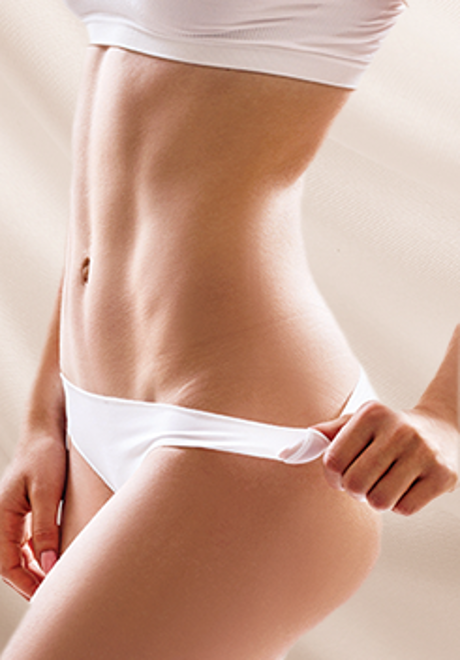Thighplasty Thigh Lift
Aging of the skin with the loss of elasticity, loss of skin tension with excessive weight, and thinning of the subcutaneous fat tissue over the years cause our leg skin to dangle downwards, especially in the inner part of the thigh. Stacks appear, mostly in the middle of the thighs and sometimes towards the knee. Wrinkled and non-stretched skin are both aesthetically uncomfortable, as well as creating rashes and allergies by rubbing each other. It causes hygiene and functional problems.
In recent years, especially in individuals who have undergone bariatric surgery, we often encounter sagging thighs due to excessive weight loss. In this patient group, as the weight decreases and fat tissue is lost, the thigh diameter decreases, and the skin becomes abundant and sagged.
Would skin not recover with sports?
The effects of sports, if suitable and in proper frequency, are indisputable on body and skin health. Skin will certainly be tighter and firmer with sports. Therefore, sports should not be neglected.
But only slight looseness can be recovered with sports. It is unfortunately not possible to make abundant and sagged skin completely stretched by doing sports. However, it is possible to reduce the abundance by doing sports and keeping the scar shorter in the stretching process.
No doubt, especially the individuals who have bariatric surgery, the sooner they begin sports the more they benefit. At least the scar will be shorter. Yet, the highly abundant skin due to excessive weight loss will not be able to recover with only sports.
Can tightening machines help?
There are machines on the market that promise numerous miraculous results and offer highly expensive treatments. They aim to heat the skin with various methods (radiofrequency, sound wave, laser...), activate collagen, and tighten the skin. However, the results show that they mostly work out only in individuals with very mild laxity, who already do sports and have no history of being overweight.
Such devices are more useful after stretching excess tissues.
Briefly, after the examination, your doctor will tell you in detail whether you will get better results by doing sports, using devices, or stretching surgery.
For whom is thighplasty suitable?
Thigh lift surgery (thighplasty) is suitable for anyone with a moderate and severe abundance, laxity, and excess skin, particularly in the inner part of the thigh and towards the hip area.
How is thigh lift surgery performed?
Pre-operative drawing and planning is the most important stage of the procedure. While the person is standing, the amount of excess and sagged skin is determined along with the physician. The tracks are planned on the inside and as short as possible.
The procedure is performed under general anesthesia. Liposuction is applied first to remove the excess fat remaining under the skin. This allows the tissues to loosen further and the stretching process to be faster and without bleeding. An incision is then made from the groin fold. Making the incision from this area is to hide the scars as much as possible. The incision is extended towards the knee, depending on the amount of excess skin. Excess and abundant skin in this area is removed to form appropriate tension. Rigorous bleeding control is performed and placing a drain is a must.
The remaining skin in the lower region is taken up and the stacking on the knee is reshaped. The incision is closed with stitches.
All the stitches are aesthetic and well-concealed. Stitches are dissolvable, no removal is required.
In patients with too much fat accumulation in the thigh area, the operation can also be planned as two separate interventions. Within this plan, firstly, the excess fat in the inner thigh is removed with liposuction. Later, with a lifting operation sagging skin can be recovered and the operation can be finished.
Before thighplasty
This operation has no special preparation process. Just like any other procedure, all blood thinners(aspirin, cleanxe, coumadin, etc.) and supplements (nutritional, herbal, vitamin) should be discontinued at least 1 week ago.
Duration of surgery
Thighplasty operation is typically 2 to 3 hours.
Anesthesia
A thigh lift is performed under general anesthesia.
After thighplasty
You do not feel extreme pain after surgery but mild pain that can be controlled with painkillers.
1 night in the hospital is enough.
You can get up on the same day and take a bath after 2 to 3 days.
Following thigh lift surgery, slight swelling and bruising will be seen on the inner sides of the legs. It will take several weeks for these swelling and bruises to disappear completely.
You can return to work about a week after surgery. Nevertheless, it is necessary to avoid heavy sporting or physical activities for 4 weeks.
Scars after thighplasty
After the procedure, the scars will remain on the inside of the legs and will not be visible in a standing or sitting position. These scars first become pink, then fade over time.
Potential risks of thigh lift
Even if exceedingly rare, there still is a risk of bleeding, late recovery, or opening of the sutures after all surgical procedures.
People with a wound healing disorder, hypertrophic scarring, or keloid tendency have a risk of significant scars.
Types of Body Aesthetic Surgery
There are different types of body aesthetics that can be applied depending on the type of problem experienced.




